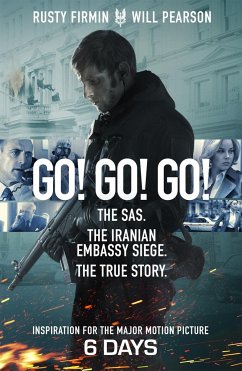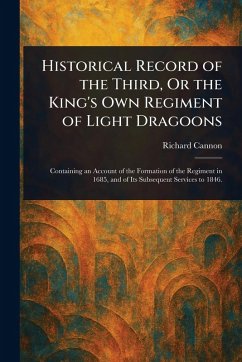
Honing the Dagger
The Formation of a Standing Joint Special Operations Task Force Headquarters
Versandkostenfrei!
Versandfertig in über 4 Wochen
14,99 €
inkl. MwSt.

PAYBACK Punkte
7 °P sammeln!
Since the events of September 11th 2001, the United States Special Operations Command (USSOCOM) has taken the lead in fighting the Global War on Terror. In spite of this new charter, however, USSOCOM continues to conduct operations with antiquated command and control (C2) doctrine and structures. This failure to adapt has greatly hindered the ability of SOF to prosecute the war on terrorism with the necessary efficiency, flexibility and agility. When a Joint Task Force (JTF) is formed, the Theater Special Operations Command (TSOC) is normally tasked to form a joint special operations task forc...
Since the events of September 11th 2001, the United States Special Operations Command (USSOCOM) has taken the lead in fighting the Global War on Terror. In spite of this new charter, however, USSOCOM continues to conduct operations with antiquated command and control (C2) doctrine and structures. This failure to adapt has greatly hindered the ability of SOF to prosecute the war on terrorism with the necessary efficiency, flexibility and agility. When a Joint Task Force (JTF) is formed, the Theater Special Operations Command (TSOC) is normally tasked to form a joint special operations task force, or JSOTF, to command and control all special operations forces (SOF) in the JTF. A Joint Force Commander forms this organization on an ad hoc basis, usually cobbled together from the TSOC staff, the regionally oriented Special Forces Group, Naval Special Warfare Task Unit, or some other entity. Consequently, JSOTF staff members face a steep "learning curve" upon the headquarters' formation, since in all likelihood they will not have trained or worked together before. This ensuing lack of efficiency and cohesion, at least during the initial stages of the JSOTF's formation, causes unnecessary friction and turbulence during the conduct of operations. A likely solution to SOF's command and control dilemma is a standing JSOTF (SJSOTF) headquarters. By forming these headquarters on a permanent basis, U.S. SOF would possess a cohesive, well-trained C2 node free from the organizational and administrative problems associated with ad hoc structures. This monograph explores an alternative way of providing a JSOTF headquarters to the Joint Force Commander. Beginning with a history of joint SOF doctrine, the monograph outlines the evolution of special operations command and control and the subsequent need for a standing operational-level headquarters. Having identified this void in capability, the monograph then presents a model for a SJSOTF headquarters possessing a full-time complemen This work has been selected by scholars as being culturally important, and is part of the knowledge base of civilization as we know it. This work was reproduced from the original artifact, and remains as true to the original work as possible. Therefore, you will see the original copyright references, library stamps (as most of these works have been housed in our most important libraries around the world), and other notations in the work. This work is in the public domain in the United States of America, and possibly other nations. Within the United States, you may freely copy and distribute this work, as no entity (individual or corporate) has a copyright on the body of the work. As a reproduction of a historical artifact, this work may contain missing or blurred pages, poor pictures, errant marks, etc. Scholars believe, and we concur, that this work is important enough to be preserved, reproduced, and made generally available to the public. We appreciate your support of the preservation process, and thank you for being an important part of keeping this knowledge alive and relevant.












